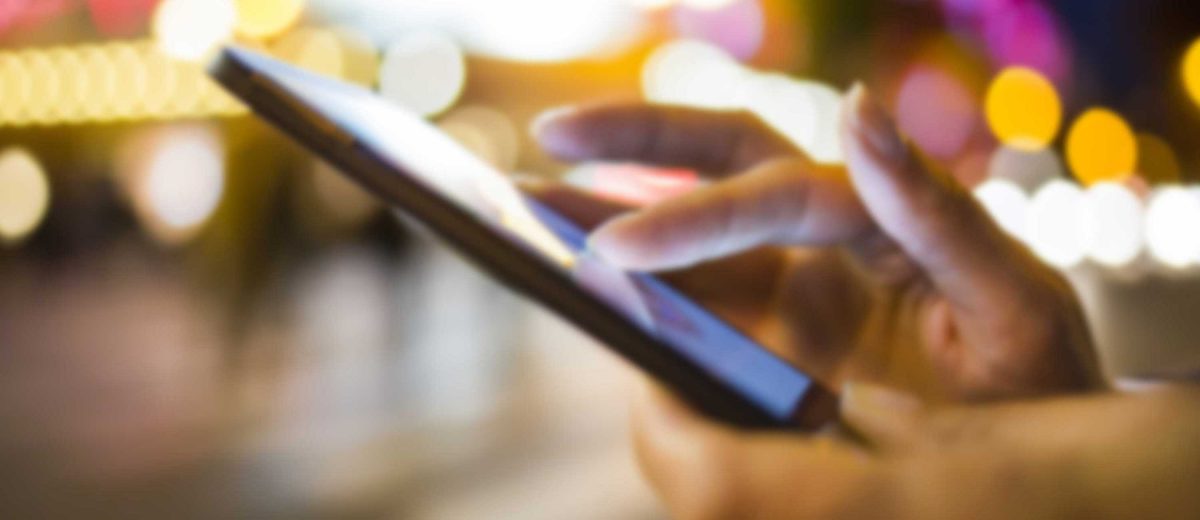There are 3 main technologies that are used in the world of mobile digital advertising. Our goal over the next few posts is to introduce each technology and show you real world uses. At the end, we’ll see which technology is best for your application. It’s set to be a battle royale. Who will win in the battle of Geofencing, Beaconing and IP Targeting?
Digital targeting is the method and technology we use to get specific advertising onto the mobile devices and desktops of our prime customer. The ads we are talking about appear in apps via banners and on web pages in available ad space. The goal of every advertising campaign is to talk to the right person via the best method. Today, we spend an overwhelming amount of time on mobile devices. As a result, reaching customers on mobile devices is the fastest growing area in advertising. On average, when someone is on their smartphone they spend 86% of their time in an app. During that time they will see banner ads for a myriad of products. What if you could be in that space in front of your best potential customer? That is the power of digital targeting.
Today, as I see it, there are 3 main contenders in the world of digital targeting. They are Geofencing, Beacons and IP Targeting. Each has strengths and weaknesses.
One quick term before we get started. “Serving an ad” simply means that when an ad is requested inside an app or website, a system is running that will deliver the appropriate ad based on a list of criteria.
Now, let’s dig in to see the differences.
IP Targeting
IP targeting is probably the most understood of our 3 contenders. It uses physical street addresses to send targeted ads to prospective customers. The ads are sent to that location, and any connected device will have ads served. This technology works great when you have an address of your target. The address could be a home, business, hotel or convention center. You can serve ads as needed once the IP address is known. The downside is that the ads will only be seen when someone is connected at the target location. The technology works well when it is from a reputable vendor. You can read this previous post to find out more.
Beacons
Beacons employ a physical piece of hardware and an app to serve ads. To begin, a customer downloads an app to their device. Usually the app is a reward or loyalty system that tracks purchases, offers some piece of store functionality and serves coupons or other incentives. In the store, the beacon sends out a signal that the device picks up when it is in range. The loyalty app is running on the device and notifies the user of in-store incentives as well as reports the user’s presence to the store. Think of it like checking in at a location without having to do anything. From there, the advertiser collects data points about your visit and can send ads to you. The downside of this approach is that it only works for people that have downloaded the app and also requires hardware within the store.
Geofencing Advertising
Rounding out our contenders is geofencing. Geofencing uses geo-location data and cell towers to find prospects in a certain geographical area. The majority of smart devices send a signal every 2 to 5 minutes reporting their location. In fact, depending on the apps installed, this may be even more frequently. To serve ads, a “fence” is created at the target location. The fence is a radius around a central point (i.e. a store, venue, or convention center). Once the fence is activated, all mobile devices that can be found within that circle are served digital ads. Additionally, we can retarget these devices based on geography alone. Traditional behavioral retargeting requires someone first visit a website. With geofence retargeting, ads continue to be served to devices that were within the fence. This can be used to keep your message in front of your customer, even when they have left the fence. The downside to this technology is there is no filtering other than geography and it only works on smart devices.
So there you have it. Our 3 titans in the digital marketing battle. Which will win? To find out, check out our new post next week as we look more into the technology and study some real-life examples.
Follow me, read us and all that Jazz. 🙂 @BillReyCooks

